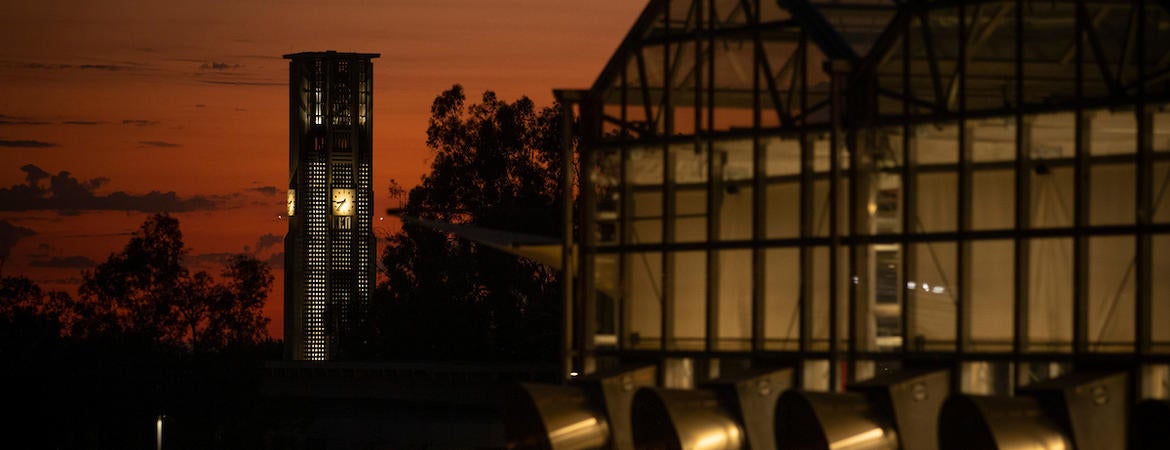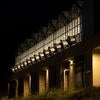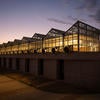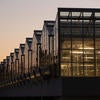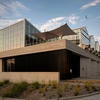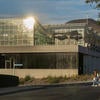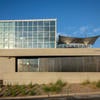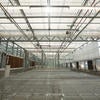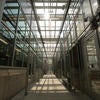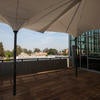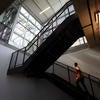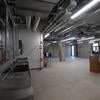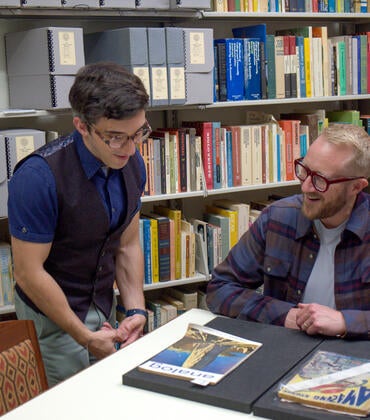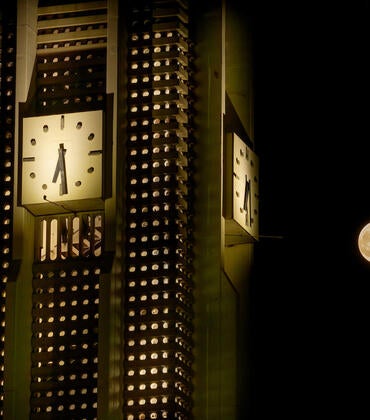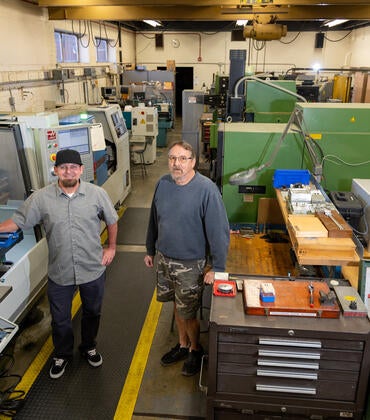UC Riverside’s new Plant Research 1 is already starting to stand out on campus, with its gleaming glass frame and the scenic Box Springs Mountains in the background.
The two-story building also represents a step forward in high-tech plant research space that researchers expect to use by this fall.
Construction of the new 30,000-square-foot concrete, steel, and glass building is finished, although some final details are still being completed.
Once the Office of Planning, Design and Construction completes its final checklist, the College of Natural and Agricultural Sciences will run its own tests to make sure the equipment is running properly before research begins, said Peggy Mauk, director of agricultural operations and a professor of extension -subtropical horticulture with CNAS.
“The building is the first new plant research facility built on campus in close to 40 years and is considered instrumental in maintaining UCR’s continued leadership in agricultural research for the coming decades," said CNAS Dean Kathryn Uhrich.
The top floor includes 16 greenhouse modules that allow for different climate zone ranges. Each module is programmed to control humidity, temperature, lighting, and other conditions. The settings can be controlled and monitored via wireless technology.
Mauk said the level of control is ideal for entomology research involving insects that need cold temperatures, plants that can only grow at high altitudes, or pathogens needing specialized environments. The facility has a limited number of air-conditioned modules for such specialized environments but an evaporative cooling system for the whole building enables it to consistently deliver temperatures lower than other campus plant research greenhouses, she said.
The college will put out a call for research projects seeking to use the new facility and is expected to approve a wide range of research, Mauk said.
“We are anticipating placing priority on projects that need more specialized environment, things that need humidity and more accurate temperature control for instance,” she said.
The modules are made of high-tech double-layered polarized clear glass panes with automated shade cloth that increase the efficiency of cooling and heating. Each module has vents that can be opened and closed and are screened to maintain a clean environment.
The second floor also includes work and clean lab space, allowing researchers to move easily from the modules to the lab when needed. Other features include an autoclave sterilizer for equipment, a cold storage room, and outdoor patios in the front and back of the building.
The first floor includes a large workroom for potting plants and wash basins for cleaning. A separate large room will be used to store growth chambers, which allows for growing plants in a small, precisely controlled environment. Other amenities on the first floor include a lobby, breakroom, and rest rooms.
One area will remain as shell space that will be built out later when its use has been determined and funding is available.
The outside area has a desert landscape look with cacti, rocks, and daisies. Plans are also in the works for a trail to be completed to the UCR Botanic Gardens, which is down the slope from back of the new building.
Members of a research committee toured the new facility recently and were excited by what they saw, Mauk said.
“It came together nicely,” she said. “It’s one of a kind.”
